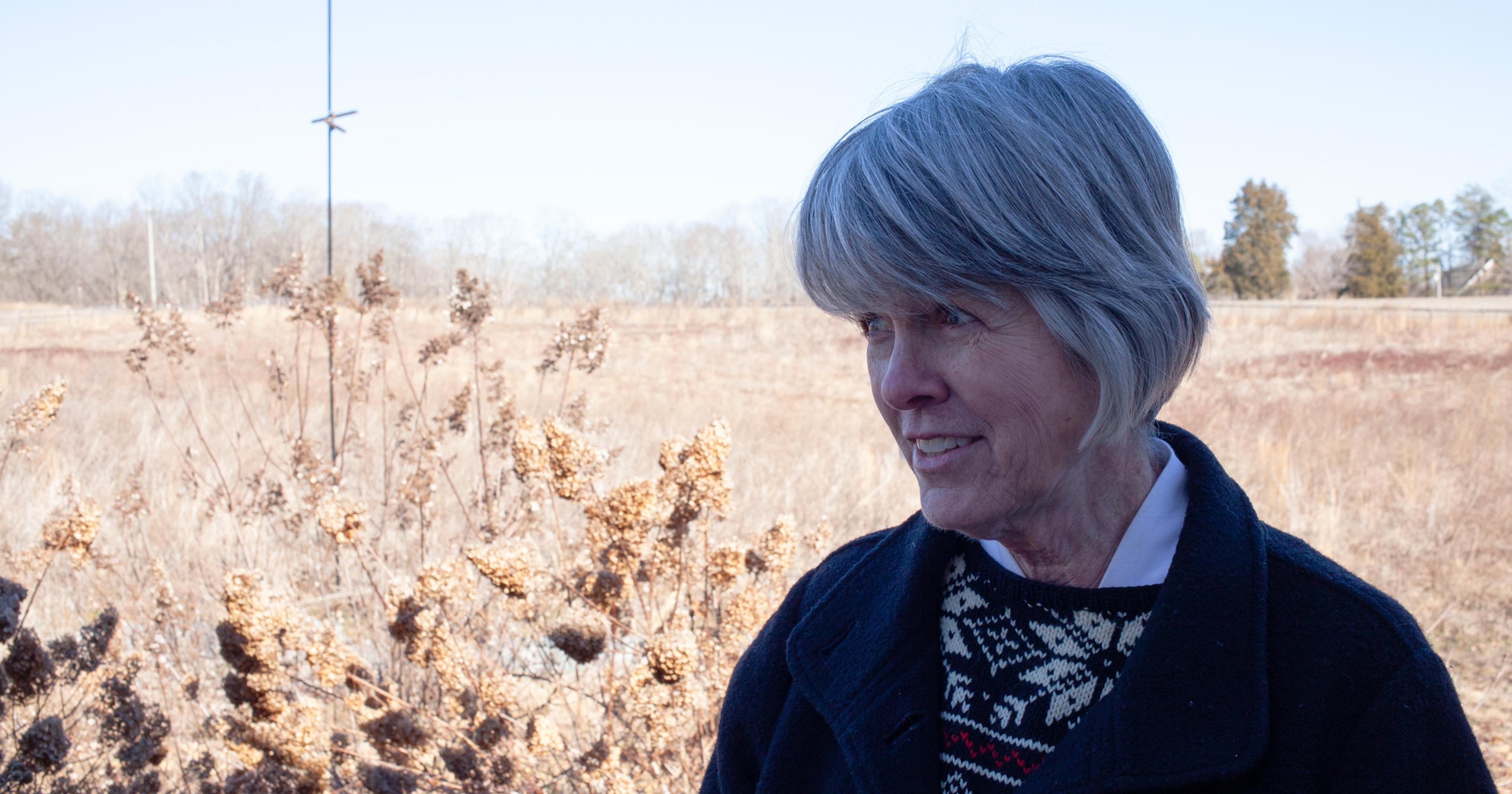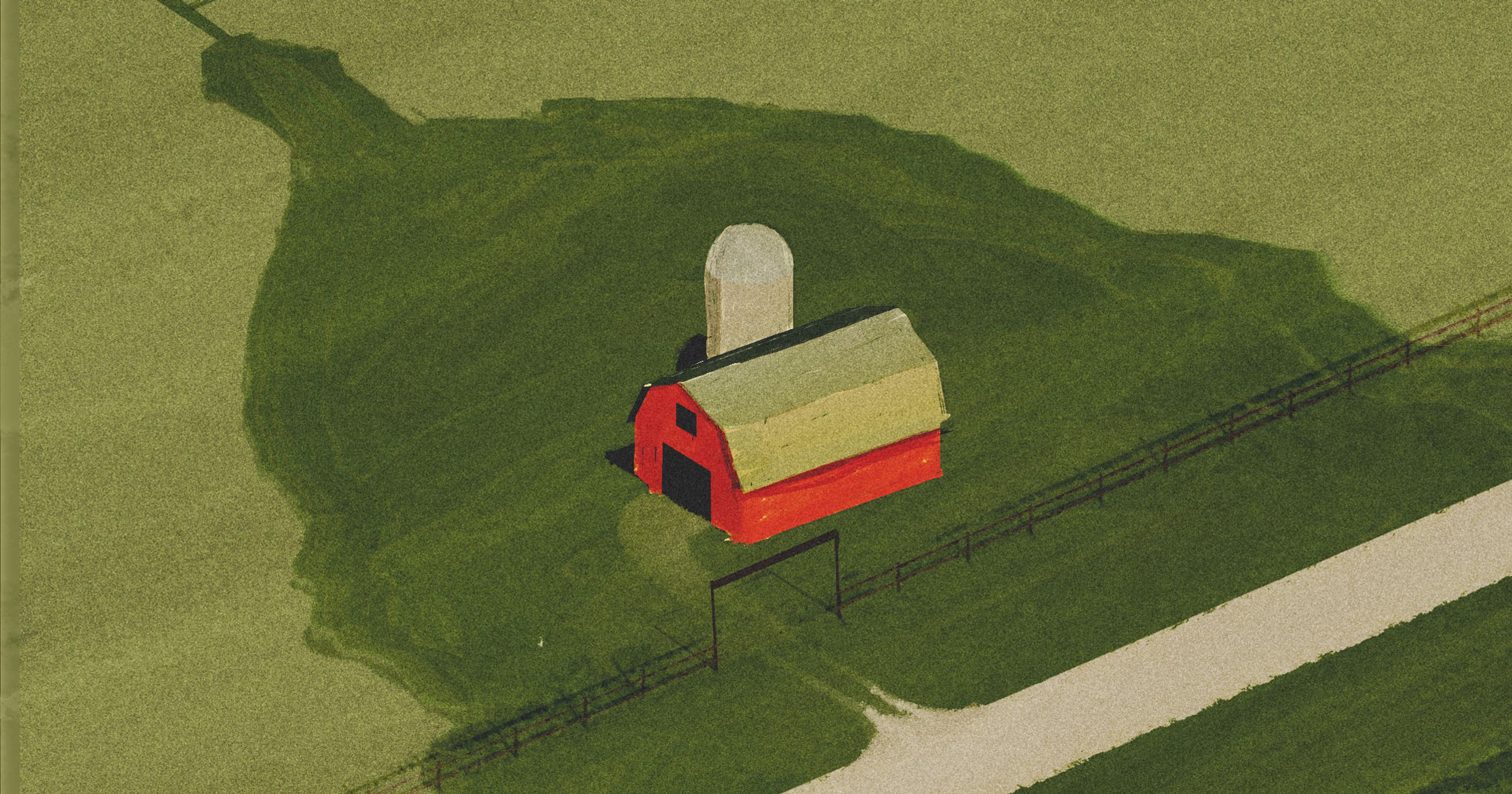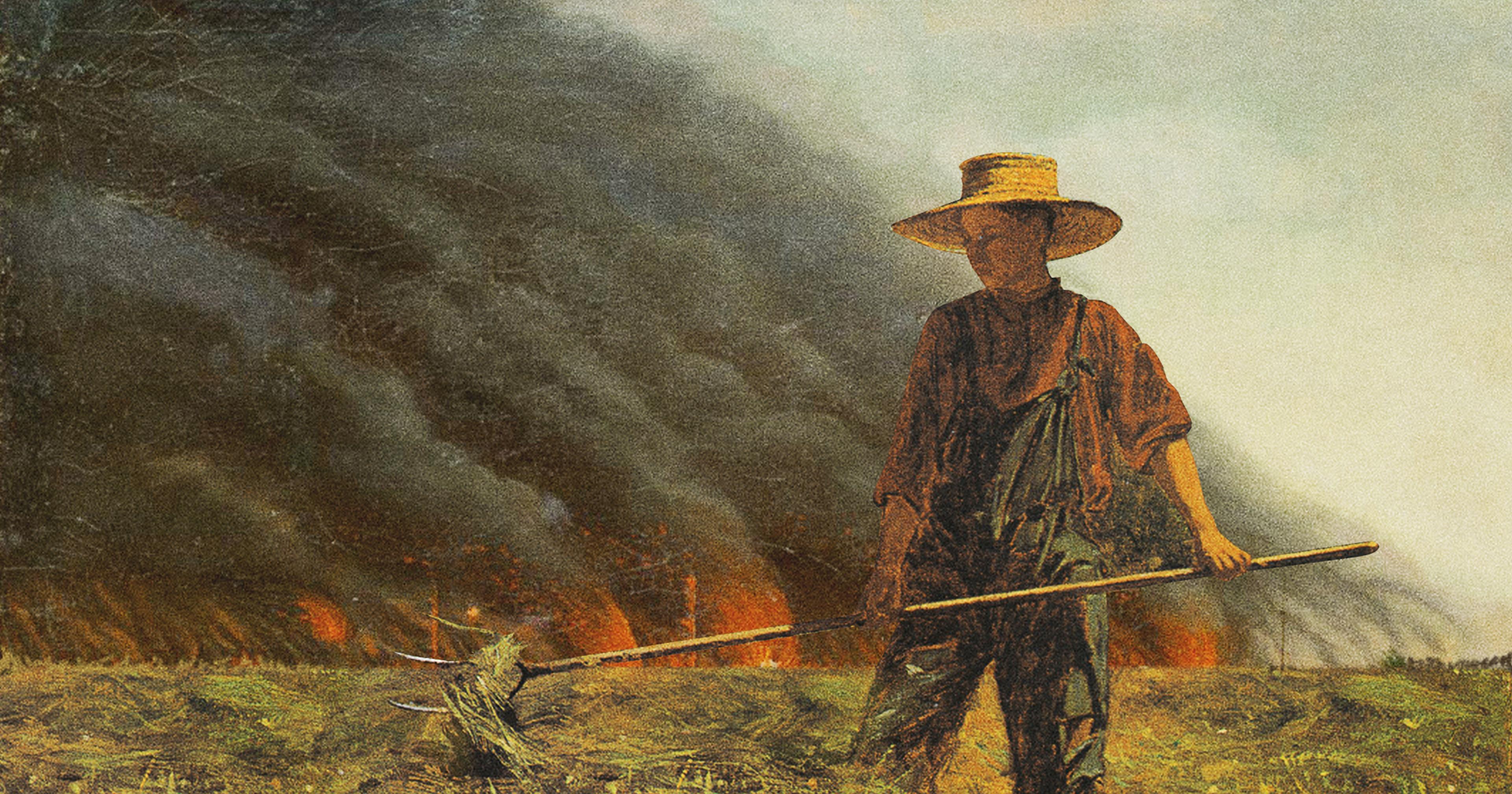Research shows women are less likely to harvest timber or to prioritize income generation than their male counterparts.
Patricia Sowards grew up in an orange grove in Orlando, Florida, exploring its oak hammocks and the lake on which the orchard grew “like a mermaid swimming among the lily pads,” she said. When thunderstorms rolled in, she’d sneak out with her German shepherd to run in the rain and mud. “I liked the whole feeling of the wildness of the storm and elements and just dancing in the rain basically,” Sowards said. “It sounds funny but I felt the freest then.”
Eventually she left home, became a teacher, had kids, bought a house in an Orlando suburb. Still, she found ways to let wildness in, shunning the de rigeur grass lawns of her neighborhood for a messy pollinator garden. “If I can’t feel like I’m doing something positive for the earth, I get really anxious and I get afraid of what’s going to happen,” she said.
Then change came again. When Sowards turned 60, she moved out of Florida for the first time in her life. She now lives on 70 acres in North Carolina — 30 acres of fields, another 40 of forest — planting native grasses on what was once a tobacco farm and trying to restore pine stands to hardwoods.
The number of women who, like Sowards, own woodlands and are their primary managers has been growing. As of 2018, women made up 24% of all family forest owners, up from 11% in 2006, and were responsible for 44 million acres of forestland in the U.S., out of 420 million acres that are privately owned.
When confronted with land management questions, recent academic research and the U.S. Department of Agriculture’s National Woodland Owner Survey have found that women landowners are making different decisions than their male counterparts: They’re less likely to manage actively, to harvest timber or to prioritize income generation, less likely to steward with hunting use in mind. Women also tend to be more passive managers; they’re more likely to incorporate ecologic values into decision-making, more likely to be concerned about how climate change is affecting their land.
For Sowards that data rang true. She moved there with the intention of farming but soon realized that the soil on this land was depleted from growing tobacco and hay; she had underestimated the physical labor involved. Around 2019, a couple years after her move, she read an article about another woman in her 70s who had 70 acres of family land in North Carolina and had dedicated herself to transforming them into a wildlife preserve.
“It was a revelation,” Sowards said.

Patricia Sowards
In Sowards’ family the men “looked at property as a way to make money,” she said. She saw herself as its protector. “I don’t want anything to happen to it ever.”
But she didn’t know where to start. Neither her grandfather nor her father had ever taught her anything about managing this land — she didn’t even know it existed until she was in her 40s.
Sowards has sought out assistance from public and private foresters, biologists, and silviculture professionals, cobbling together knowledge and plans for her acres. The learning curve has been steep, but she’s been aided by groups set up to help people in her position.
*
About a decade ago, Becky Barlow, an extension agent with the state of Alabama, noticed that women weren’t showing up to her forestry workshops. And women who did attend rarely participated during class, instead flooding her with questions one-on-one afterwards. She reformatted her class to gear it specifically to women.
Forestry is, and has been historically, a male-dominated industry. Land ownership in the U.S. has long conferred power and that power was reserved for men; men acquired land, men passed down land to their sons, and men made decisions around that land.
Government programs meant to help landowners were also organized around men’s needs. “Women have been excluded from outreach programs and policy making processes often due to sexist attitudes and behaviors,” one study found. Seemingly minor logistical issues, like a workshop’s timing, could limit female participation. Men’s names, the study went on, “are often listed first (or exclusively) on property documents and thus are contacted for input and/or participation in programs and policy-making advocacy work, further centering male landowners.”
Barlow marketed her classes specifically to women, found female speakers, offered non-judgmental tutorials on the basics of silviculture, and left plenty of time for questions. Her classes, which she called ForestHer, filled up. Other states took note of the model; in North Carolina a group of state and private natural resource professionals established their own ForestHer program in 2019.
“It was easy to ask stupid questions, because nobody knew, it was okay.”
Kerry Steedley, who’s taken over Alabama’s ForestHer initiative, said when she hosts a workshop she puts flowers on the tables to create a welcoming atmosphere and blocks off more time for introductions and informal conversation. “The ideal scenario would be to have people connect, talk about their experiences with certain management practices or consultants or biologists they’ve used, what they feel like went well, maybe didn’t go well,” Steedley said.
Other women-focused programming models have popped up, like the national Women Owning Woodlands (WOW) Network. WOW and ForestHer classes teach participants what questions to ask, how to advocate for themselves, and how to find seasoned foresters that’ll take their interests seriously. WOW is also often hands-on; for example, they host a popular class on chainsaw use.
Emily Huff, who teaches at Michigan State University’s Department of Forestry and has researched female landowners as well as worked with the WOW Network, said participants report concrete actions after the workshops, like hiring a forester or assembling a management plan. She and other WOW members have put together a list of best practices for such workshops, which includes featuring female presenters, a physically and emotionally safe environment for women to ask questions, and time for informal social interactions and relationship building. They also recommend scheduling sessions at times that would be less likely to interfere with potential attendees’ caretaking responsibilities or, alternatively, to provide on-site childcare.
Sowards has taken advantage of just about every resource she could find, women-focused or not. But at ForestHer meetings she found people to be more open to novel management goals and she liked how the women lit up when they started talking about birds.
“It was easy to ask stupid questions, because nobody knew, it was okay,” she said. “Everybody was excited to talk because they were kind of isolated in their desires.”
*
It’s not clear why women might have different priorities for their land than men but one reason could be how it’s acquired: Women are significantly more likely to inherit their land than to purchase it.
If management practices haven’t been passed down to the women in the family, that might come with gaps in knowledge. It could also bring anxiety about doing right by past generations and future ones, leading to decision paralysis, said Danielle Atkins, a forester who runs a private, woman-focused forestry course through her company Land and Ladies.
Cutting down trees is emotional, Atkins said, but forestry can also be very technical, especially around timber sales. Indeed, harvesting is a major diversion point between male and female forestland owners; Steedley said an unpublished study in Alabama found that 75% of men prioritized timber harvest for income generation versus 37% of women. A national 2018 study asked whether landowners had cut wood for personal use — 43% of men versus 24% of women had.
Atkins said arranging a timber sale, with its jargon — lump sum, pay-as-cut, negotiated, sealed bid — and varying approaches to payment and harvest cycles, can be a little like going to a mechanic. Is the forester negotiating with the landowner’s interest in mind? Does the landowner feel like they’re being taken advantage of? For someone who’s never gone through the process it might be easier to prioritize something else.
So rather than some inherent difference between men and women, perhaps it’s a matter of experience.
“I don’t want to perpetuate a stereotype that women are more social and they’re more meek and they’re incapable of running a power tool.”
“I don’t want to perpetuate a stereotype that women are more social and they’re more meek and they’re incapable of running a power tool,” said Huff. “The hope is that we are just training everyone to create this opportunity for women and to provide that technical assistance.”
Still, that won’t happen overnight. And if priority differences persist as the share of women forestland owners grows, as it’s expected to, then it could potentially lead to changing management approaches among private landowners — the group responsible for stewarding the largest share of land in the eastern U.S.
Atkins thinks that could look like longer rotations between harvests or smaller clear cuts, which preserve a larger diversity of habitats.
“We may see forests managed in different ways, whether that’s less so for game species habitat, and more so for non-game species habitat, whether it’s a decline in harvesting activities,” Huff said. There are other factors like market demand for wood that could affect landowners’ decisions, she said, but added, “I do think it’s a possibility that we would see a shift in management objectives, and then as a result, some of the ecological functions that forests provide.”
*
As Sowards has grown comfortable on her land, she’s started to manage it more actively. She planted fields with native grasses and flowers. The fields bloomed and brought insects, butterflies, and birds she’d never seen, like blue grosbeaks.
“Oh my god, I thought I’d died and gone to heaven,” she recalled. “It was so exciting.”
She thinned a remaining stand of hardwoods to encourage understory growth and attract birds, did prescribed burns on the loblolly pine sections, and sowed acorns. She wants to transition the pine forest back to hardwoods.
Sowards doesn’t need income from the land, which frees up her decision-making. Instead, she’s driven by memories of her idyllic childhood among natural beauty and a desire to return her land to a more native state.
“I’m a little bit sad,” Sowards said. “Because now I can’t look at a field or forest without seeing all the work that needs to be done. All of the damage. I didn’t know all this before I started learning about it.”











